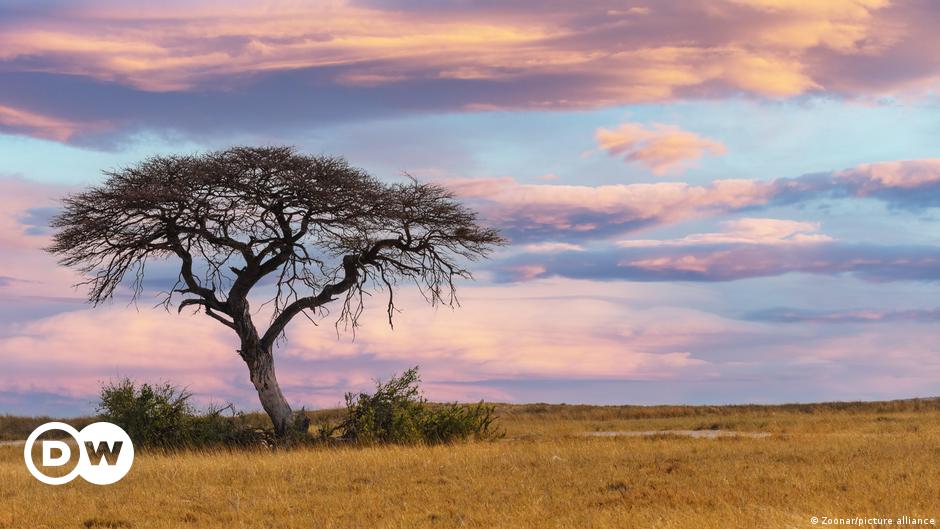6 days ago — Impenetrable thickets overran grazing pastures, displaced indigenous biodiversity and depleted water sources. The trees' thorns pierced the ...

dw.com
Creating
new forests has been heralded as an effective way of tackling the
climate crisis. Yet when it comes to drylands, lessons from the colonial
era show it can have devastating impacts on indigenous wildlife.
In India it is the unplanted:-
1-KERALA's WATER HYACINTH
02-Feb-2019 — Alien invasions: How water hyacinth has affected agriculture, fishing in Kerala · Water hyacinth is one of the most noxious weeds that has affected ...
06-Dec-2017 — Further into their research, the group found that pulp generated from water hyacinth could be used as craft base to make handicrafts, utensils and ...
02-Oct-2017 — Water hyacinth
is known to cause all sorts of problems in the waters where it grows.
It can completely take over a water body, denying oxygen ...
2-CONGRESS GRASS:-
Parthenium hysterophorus is a species of flowering plant in the aster family, Asteraceae. It is native to the American tropics. Common names include Santa-
Web results
29-Jun-2019 — Parthenium hysterophorus, known as “Congress grass” in India, has spread to more than 40 tropical and subtropical countries, earning its place in the list of the world's 100 worst invasive species.
Description
Description
Parthenium hysterophorus is a species of flowering plant in the aster family, Asteraceae. It is native to the American tropics. Common names include Santa-Maria, Santa Maria feverfew, whitetop weed, and famine weed. In India, it is locally known as carrot grass, congress grass or Gajar Ghas. WikipediaScientific name: Parthenium hysterophorus
Kingdom: Plantae


No comments:
Post a Comment